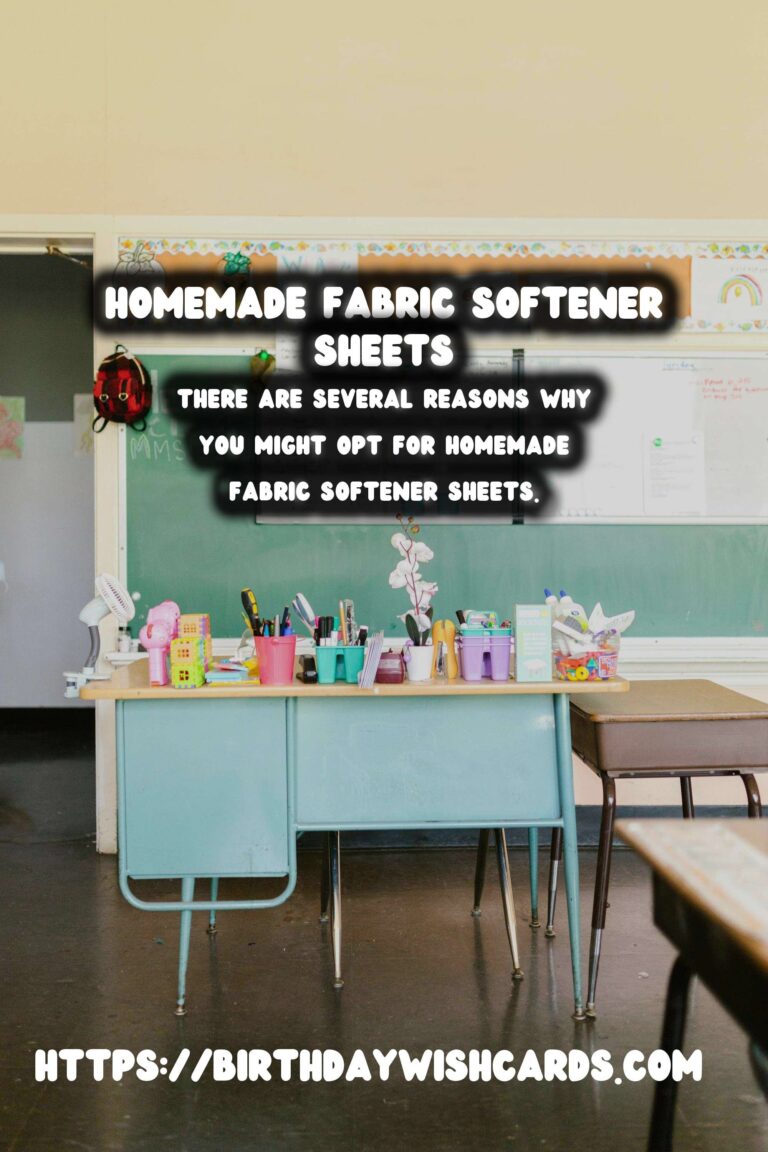
In today’s environmentally conscious world, more and more people are turning to homemade solutions for everyday household needs. Fabric softeners are no exception. With just a few simple ingredients, you can make your own fabric softener sheets that are not only cost-effective but also free from harmful chemicals found in some store-bought options.
Why Choose Homemade Fabric Softener Sheets?
There are several reasons why you might opt for homemade fabric softener sheets. Firstly, they are environmentally friendly. Most commercial softeners contain chemicals that can be harmful to both the environment and your health. By making your own, you know exactly what’s in them. Secondly, they are cost-effective. The ingredients needed to make these sheets are often already available in your home or can be purchased at a low cost. Thirdly, customization is key. You can choose the scent you prefer, or even make unscented sheets if you have sensitivities.
What You’ll Need
To make your own fabric softener sheets, gather the following ingredients and materials:
- A large jar or airtight container
- White vinegar
- Essential oils of your choice (e.g., lavender, lemon, or eucalyptus)
- Old washcloths or pieces of cotton fabric cut into squares
- Water
Step-by-Step Instructions
Step 1: Prepare the Mixture
In a large jar or container, combine 2 cups of white vinegar with 10-15 drops of your chosen essential oil. This will be the base mixture for your fabric softener sheets. Stir well to ensure the oil is evenly distributed.
Step 2: Add Water
Add 2 cups of water to the vinegar and essential oil mixture. Stir the mixture again to combine all ingredients thoroughly.
Step 3: Soak the Fabric
Place the cotton fabric squares or old washcloths into the jar, ensuring they are fully submerged in the mixture. Allow them to soak for at least an hour.
Step 4: Store and Use
Once soaked, remove the fabric pieces and wring them out slightly. They should be damp but not dripping wet. Store them in the same container or transfer them to a clean, dry jar with a lid. When ready to use, simply add one sheet to the dryer with your load of laundry. The vinegar will help to soften the fabric, while the essential oils will leave a pleasant scent.
Additional Tips
For an extra boost of softness, you can also add a half cup of baking soda to the mixture. This will help to neutralize odors and leave your clothes feeling even softer. If you prefer unscented sheets, simply omit the essential oils from the recipe.
Conclusion
Making your own fabric softener sheets is a simple and effective way to reduce chemical exposure in your home while also saving money. With just a few ingredients, you can create a personalized laundry experience that is both safe and sustainable. Give it a try and enjoy the benefits of homemade fabric softener sheets today!
In today’s environmentally conscious world, more and more people are turning to homemade solutions for everyday household needs. There are several reasons why you might opt for homemade fabric softener sheets. To make your own fabric softener sheets, gather the following ingredients and materials. Making your own fabric softener sheets is a simple and effective way to reduce chemical exposure in your home while also saving money. 
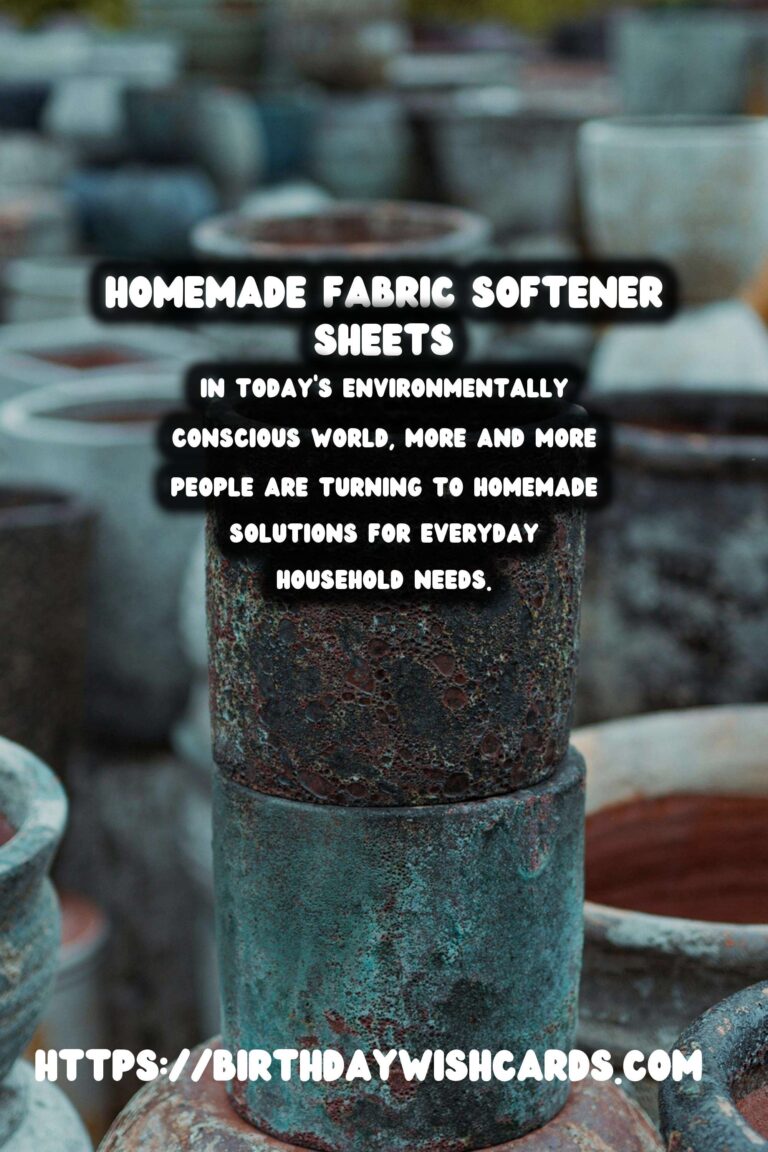
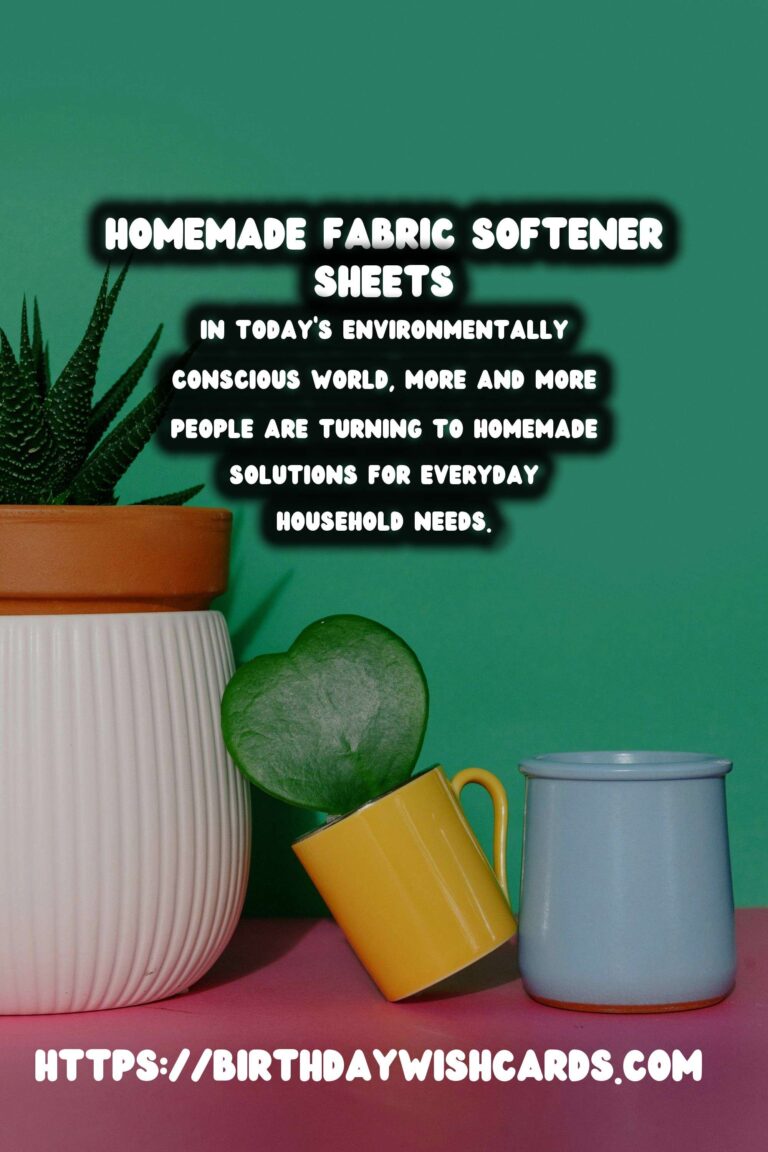
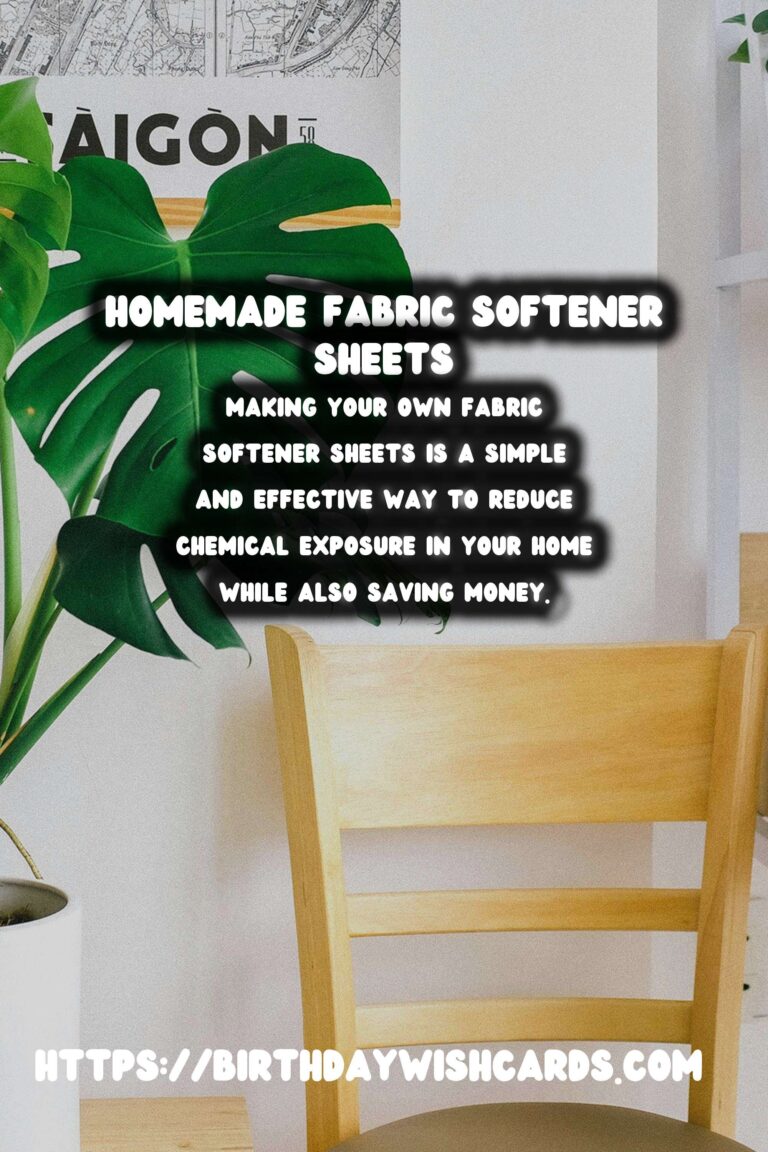
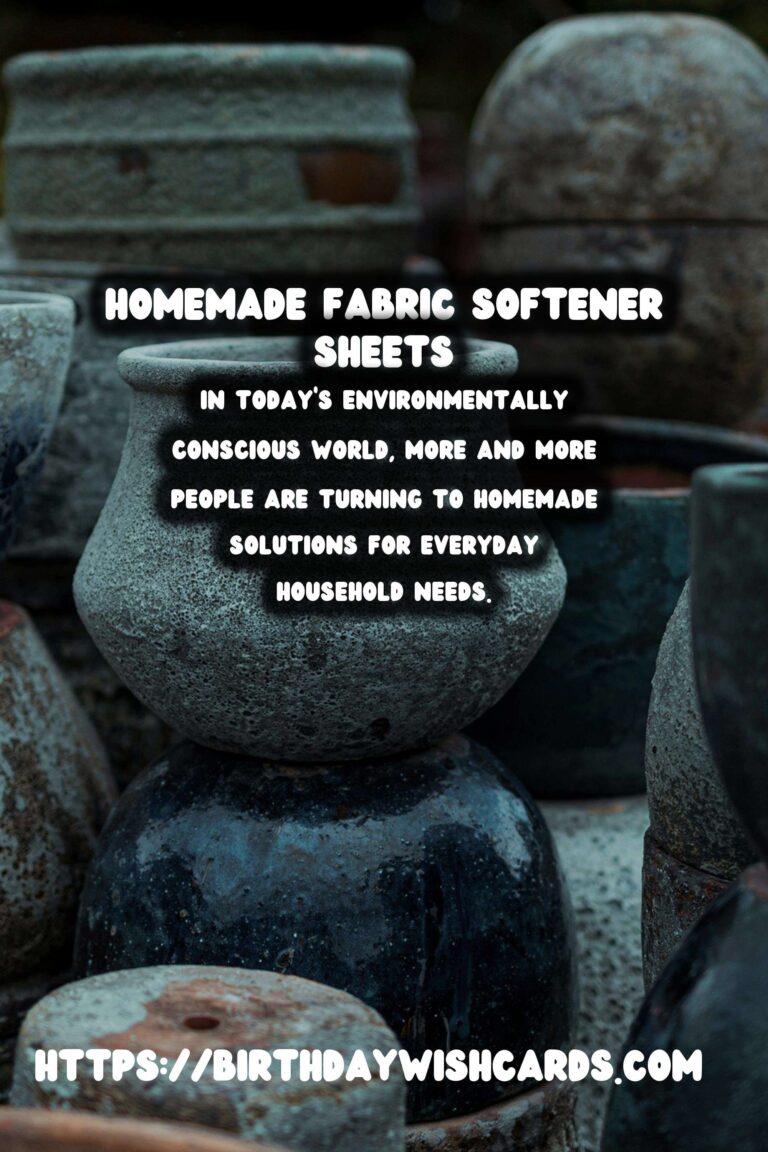
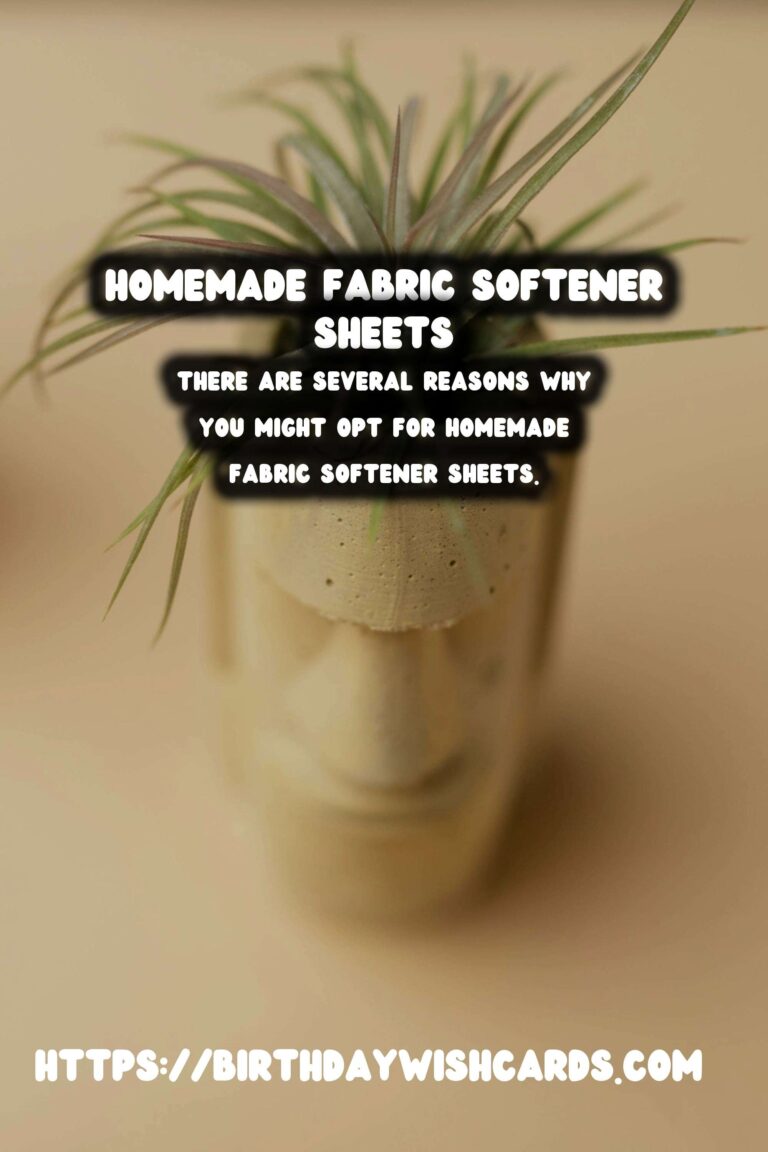
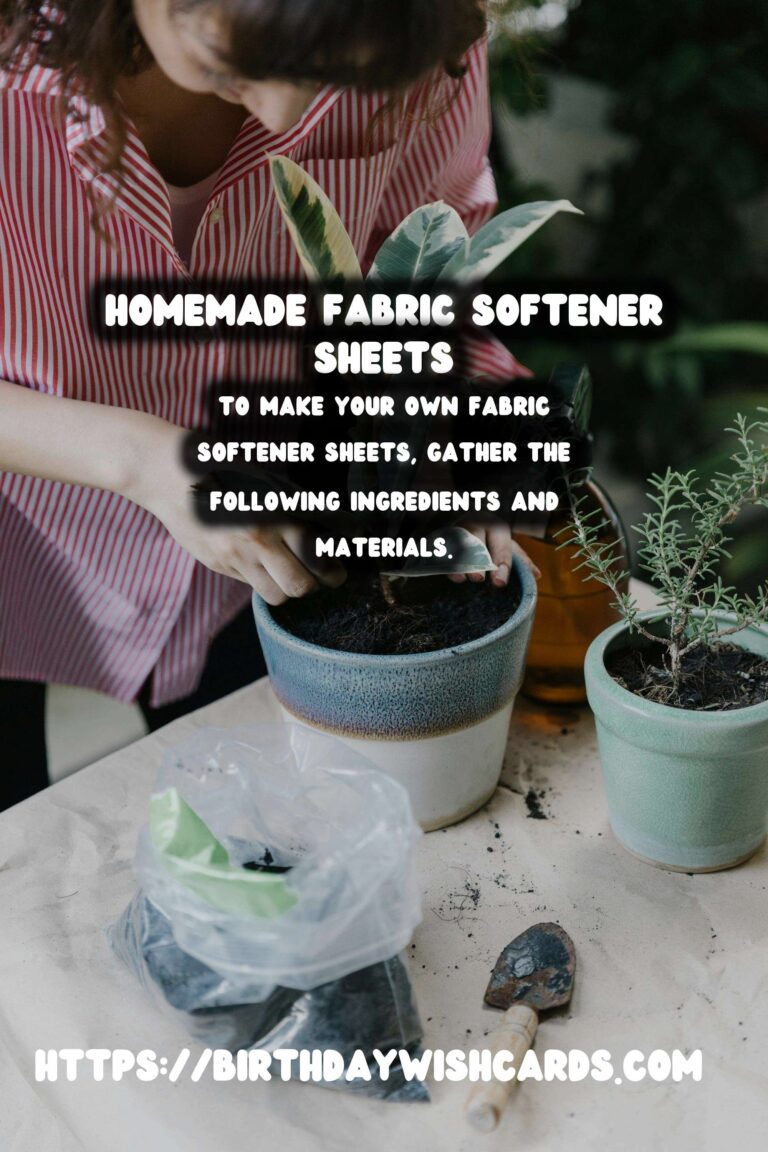
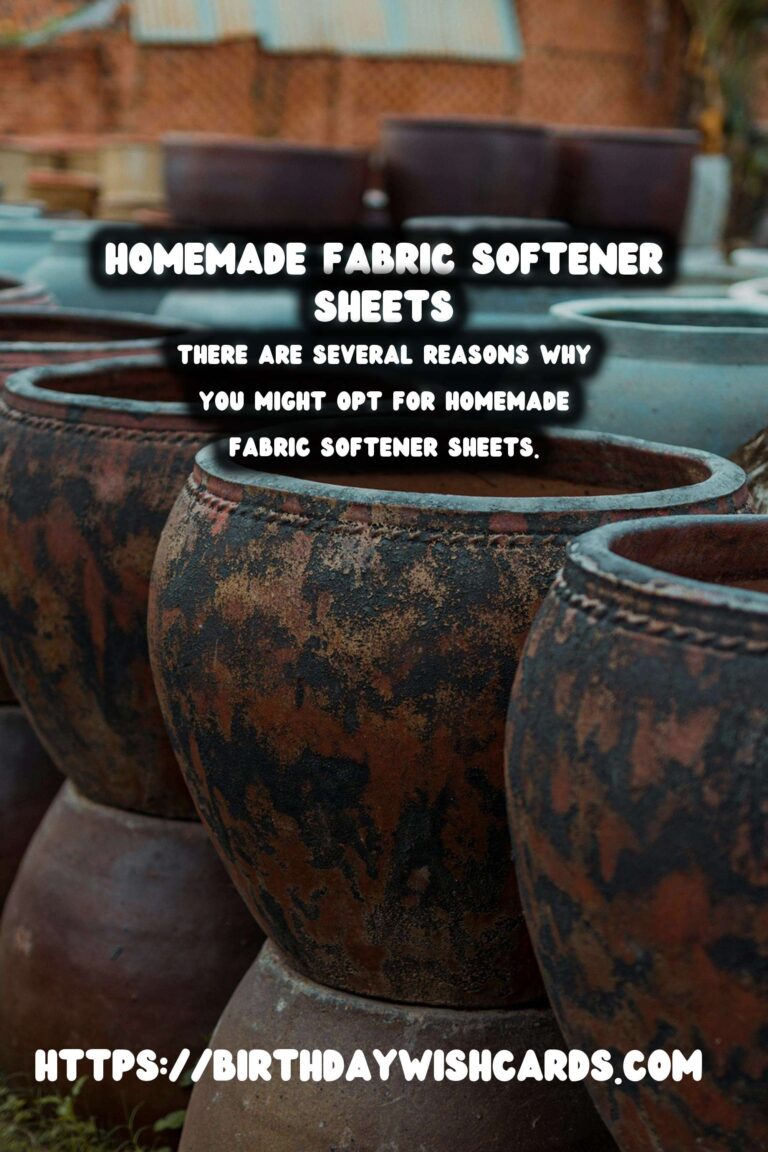

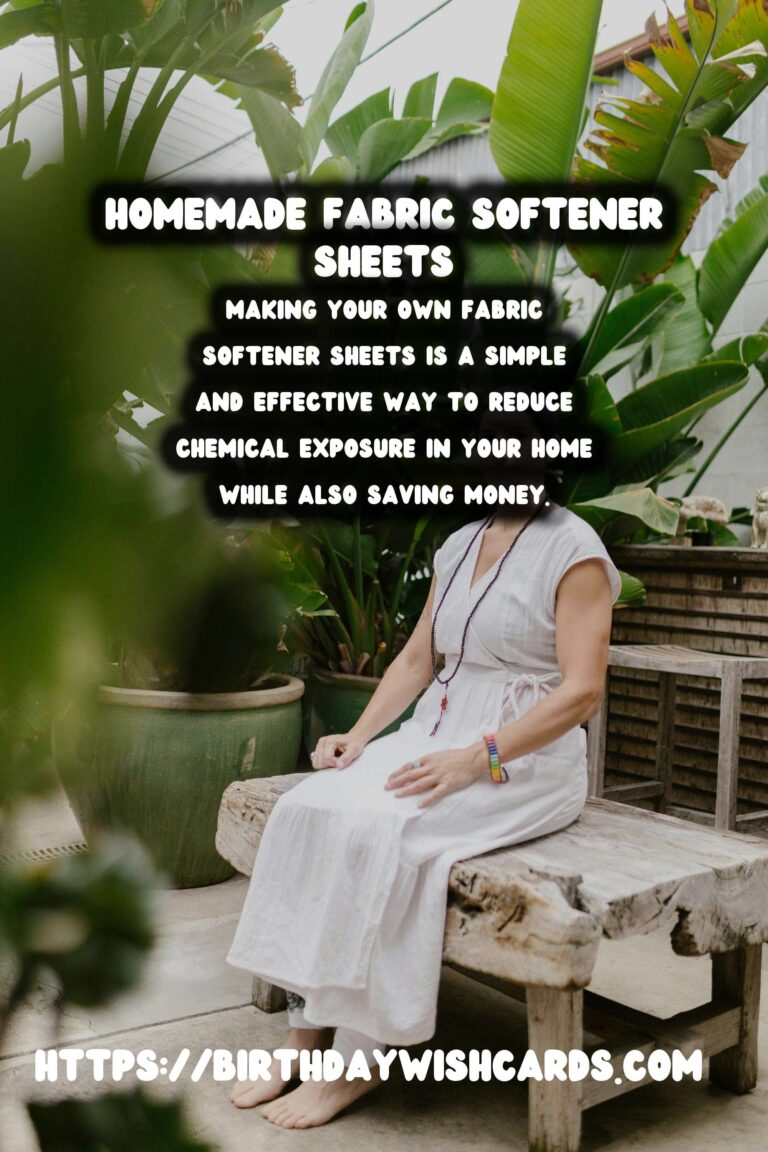
#FabricSoftener #Homemade #EcoFriendly #DIYLaundry #EssentialOils




